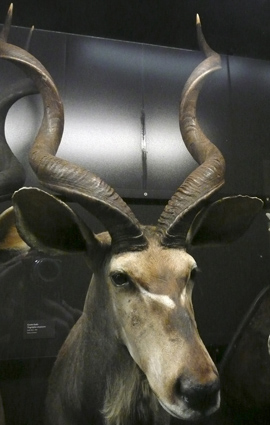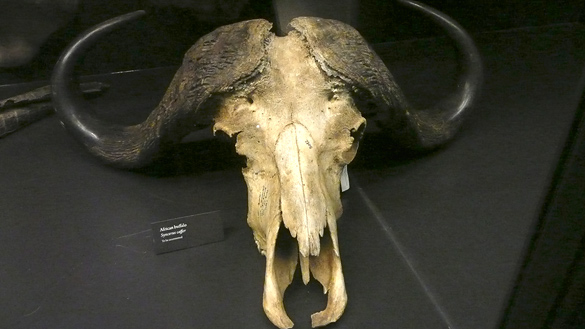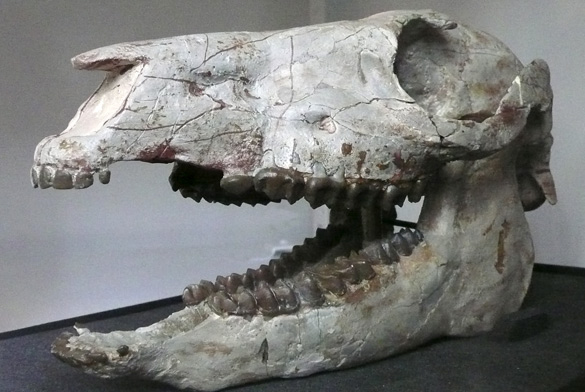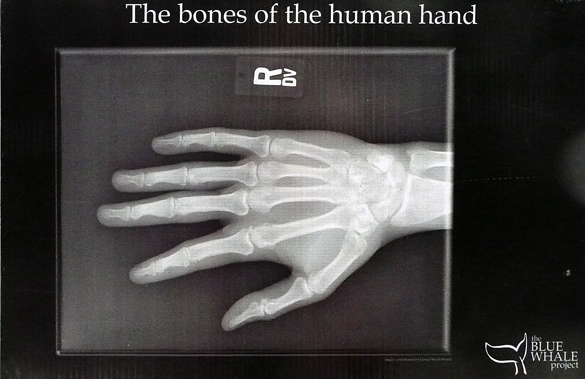Beaty Biodiversity Museum – 7






These images of fossils are just a sampling from the vast and rich Fossil Collection at the Beaty Biodiversity Museum. I have a peculiar fondness for these so I think they make a nice finishing touch to this photo series. Thanks for following it along with me!
If you missed the earlier posts, they are here:
Part 1, Part 2, Part 3, Part 4, Part 5, and Part 6




















